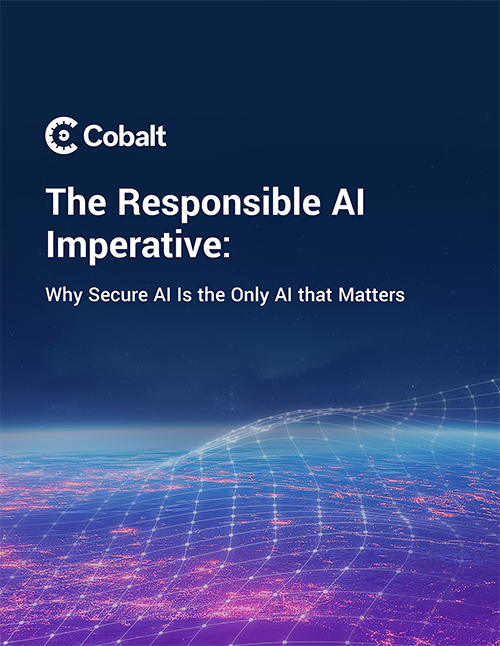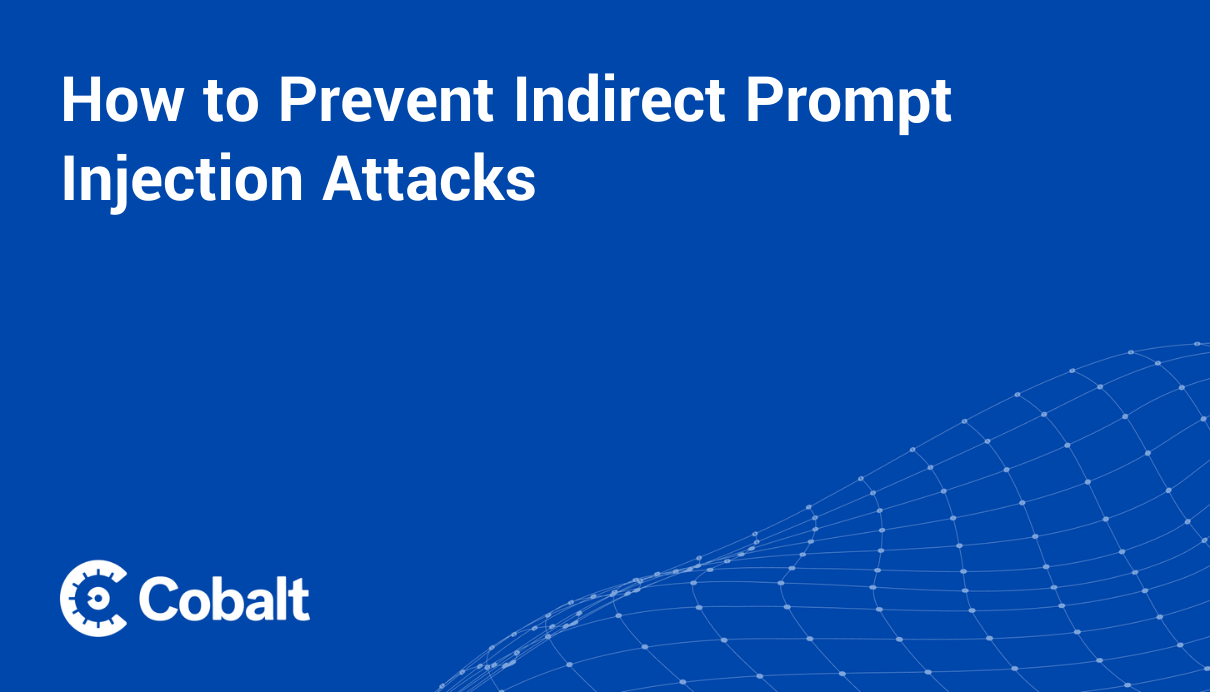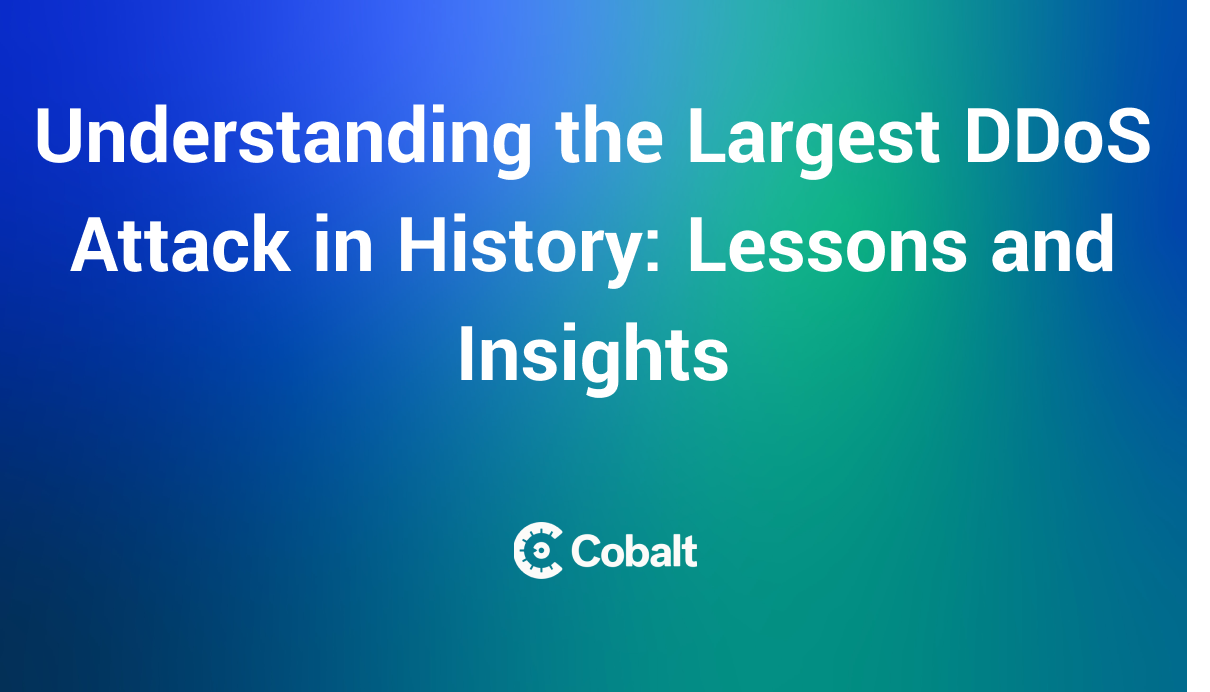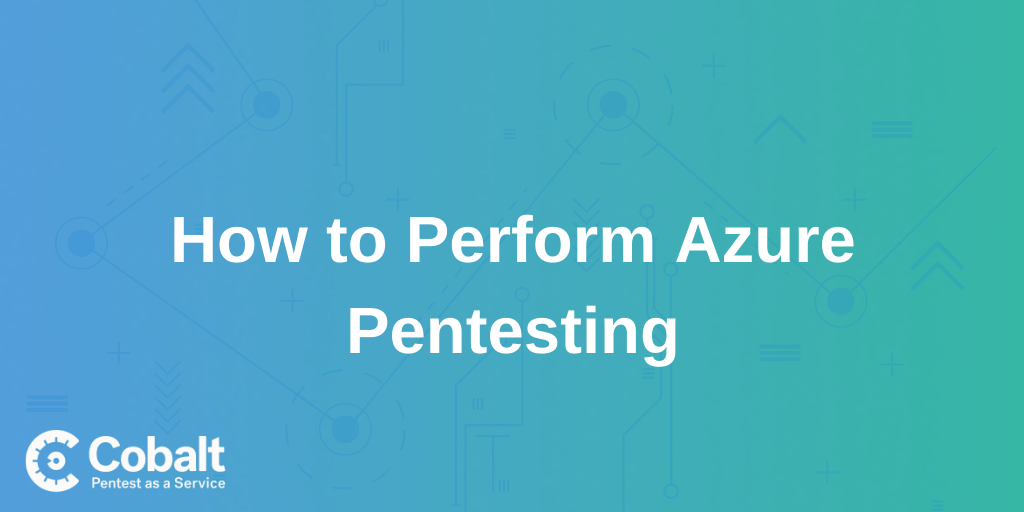The rapid rise of artificial intelligence has brought groundbreaking advancements—but also significant security concerns that require a proactive approach to address. In early 2025, the emergence of DeepSeek, a faster, cheaper, but less secure AI model, made headlines when a critical vulnerability was discovered within hours of its release. This incident highlighted the growing risks associated with insecure AI deployments, where AI models can be exploited for malicious purposes, leak sensitive data, or generate harmful outputs.
Meanwhile, businesses of all sizes understand that remaining competitive means adopting AI in their workflows and building new AI features into their products. Yet these same organizations don’t fully understand how to do so securely, and the imperative for speed is outstripping the imperative for responsible AI. In fact, according to Cobalt’s 2024 State of Pentesting Report, 57% of respondents reported that their security teams can’t keep up with the demand for AI and they lack the ability to properly test AI tools. Additionally, three-quarters of organizations have adopted AI tools in the past 12 months, according to the same report.
For many organizations struggling to keep pace with all the changes wrought by AI, is it any wonder that security has taken a back seat?
The State of AI Security
At the same time as security concerns are building, businesses will soon face pressure to comply with new regulations designed to address AI security risks, focusing on how AI models use data and how that data is protected. The EU Cyber Resilience Act, the US Executive Order on AI Safety, and the UK AI Governance Framework are just a few examples of emerging rules that will require companies to demonstrate proactive security measures in their AI applications. Organizations that fail to secure AI systems could face compliance fines, reputational damage, not to mention increased risk of cyberattacks.
Despite growing concerns by regulators, security professionals, and AI developers, traditional security measures often fail to account for AI-specific risks such as prompt injection attacks, training data poisoning, and model manipulation. Previous security models struggle to address AI’s unique risks, leaving security and development teams grappling with critical challenges such as:
- Dynamic and unpredictable AI behavior – Unlike traditional software, AI models do not produce fixed outputs, making security testing more complex.
- New attack surfaces – AI models interact with vast datasets, external APIs, and evolving learning mechanisms, increasing exposure to exploitation.
- Lack of AI-specific security expertise – Many organizations lack the knowledge to test AI applications effectively, leading to gaps in protection.
To prevent AI applications from becoming security liabilities, organizations must integrate proactive security strategies into every stage of development. Cobalt’s latest whitepaper, The Responsible AI Imperative: Why Secure AI Is the Only AI That Matters, explores how businesses can protect AI systems using specialized pentesting techniques tailored for AI applications. We will cover AI pentesting challenges, and Cobalt’s proven approach, in the following sections of this blog.
Traditional Challenges to AI Pentesting
Unlike conventional software, AI systems are not static—they learn, adapt, and generate outputs that vary based on inputs and evolving data. This presents unique challenges for security testing, including:
- AI's non-deterministic nature – Traditional security testing relies on predictable outputs, but AI models can generate different responses to the same input, making it harder to identify vulnerabilities.
- Evolving threat landscape – Attack techniques such as model inversion and adversarial inputs continue to evolve, requiring security teams to stay ahead of emerging threats.
- Testing AI beyond the model – AI security is not just about the model itself; data pipelines, training datasets, and integrations with external applications must also be secured.
How Cobalt addresses these challenges
Cobalt’s AI pentesting methodology is designed to account for these unique difficulties by incorporating:
- Adversarial input testing – Evaluating how AI systems respond to maliciously crafted prompts and data poisoning attempts.
- Bias and policy adherence audits – Ensuring AI models do not produce harmful or biased outputs that could introduce compliance risks.
- Continuous testing frameworks – Implementing AI security assessments as an ongoing process rather than a one-time event, keeping pace with AI model updates and retraining cycles.
By tackling these traditional AI security challenges head-on, Cobalt provides a structured approach to AI pentesting that goes beyond conventional application security testing.
Cobalt’s Methodology for Testing AI Security
Securing AI applications requires a distinct approach that goes beyond traditional security testing, with pentesters experienced in AI testing methodology. In addition to covering the OWASP Top 10 for Web Applications and APIs leveraging AI, Cobalt has developed a structured methodology to evaluate AI applications against OWASP’s Top 10 AI Security Risks, including:
- Prompt injection attacks – Manipulating AI responses through deceptive inputs.
- Model denial of service (DoS) – Overloading AI models to degrade performance.
- Training data poisoning – Injecting malicious data into AI training datasets.
- Sensitive information disclosure – AI models unintentionally exposing private data.
- Insecure plugin use – AI applications integrating with external tools without proper validation.
AI security testing at every stage
Cobalt’s approach ensures AI security is embedded throughout the development lifecycle:
- Early-stage (pre-launch) – Identifying risks in training datasets, API configurations, and model behavior before deployment.
- Alpha/Beta testing – Simulating real-world attack scenarios to assess AI resilience against manipulation and bias.
- Market launch and ongoing testing – Continuous pentesting to adapt to evolving threats and maintain compliance with emerging AI security regulations.
By proactively testing AI systems at every phase, organizations can reduce risk, ensure compliance, and build trust with customers and stakeholders.
Join the Conversation: Security as the Foundation of Responsible AI
AI is here to stay, and securing it cannot be an afterthought. Businesses that take a proactive stance on AI security will not only mitigate risk but also set the standard for responsible AI innovation.
- Download Cobalt’s whitepaper, The Responsible AI Imperative: Why Secure AI Is the Only AI That Matters, to explore AI risks, pentesting challenges and methodologies, and best practices for securing AI applications.
- Join the conversation – How can security leaders and development teams collaborate to ensure AI applications remain secure and trustworthy? Let’s shape the future of responsible AI together.









